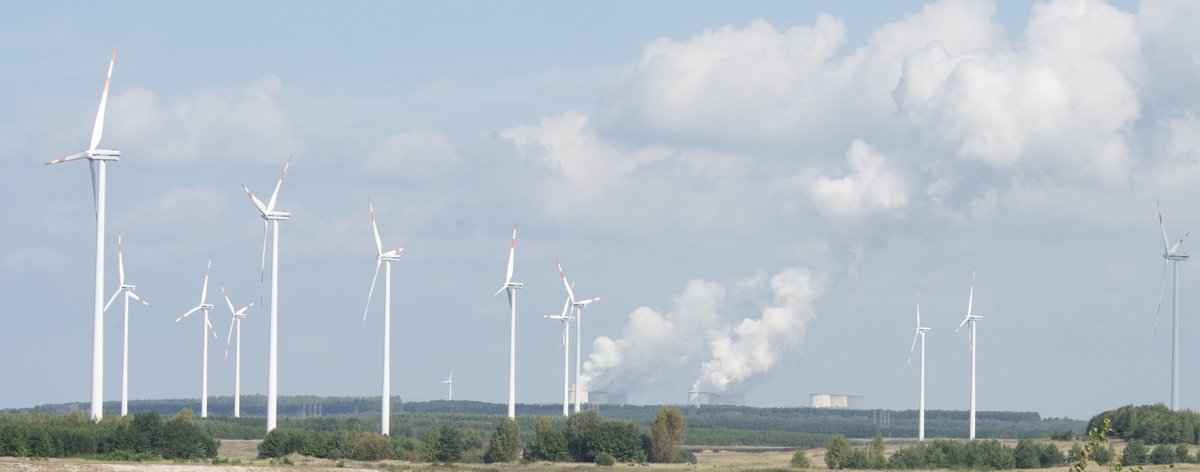Coal-fired Power Stations Facing new Challenges
New research project studies the impact of flexibilization
Today's lignite and hard coal power plants were conceived and deployed for securing basic supplies before the energy revolution. With a 24.5 percent share in the primary energy consumption of 2015, they play a major role in Germany's energy mix. The energy revolution means that electricity is now increasingly generated from renewable sources of energy. The power plants need to compensate for the fluctuating inputs from solar and wind energy by also generating medium and peak loads, instead of securing the base load as before. How the flexibilization measures required for this affect the operation of the facilities is being studied by scientists from the Chair of Power Plant Engineering since September 1, 2016, in cooperation with power plant operators, plant engineers, partners from industry and research institutions in the joint research project "Concepts and operating strategies for flexible-load firing and steam systems", or KONRAD for short.
The growing flexibilization is attended by a decreasing number of operating hours, increasing wear and tear, greater material stress, higher maintenance costs and an ever-lower cost-effectiveness. The impact of these factors is now being fathomed out by the scientists around Prof. Dr.-Ing. Hans Joachim Krautz. "The knowledge from this project enables us to influence and control the operation of large power plants, the application of cleaning methods and the maintenance strategies in a targeted manner. In addition to this, we also want to make significant progress in the assessment of component lifetimes in the water-steam cycle", explains the scientist.
This project is dedicated to studying the fundamental issues and requirements arising from the increased flexibility of existing coal-fired power plant units. Information is generated about the monitoring, evaluation and optimization of unit operation. Dynamic models created in a 400-kilowatt thermal combustion test rig at BTU on the basis of measurements, simulations and test runs are meant to find their way into a tuner that adapts the firing system to the new requirements.
A more flexible operation of coal-fired power stations also changes the behaviour of surfacings and materials inside the steam generator. The consequences can include disruptive ash deposits and the corrosion of materials in the boiler. The researchers are studying the origin, development and growth of these deposits and the corrosion processes at a corrosion test station of the university and at a selected existing power plant.
Over and beyond this, the scientists are also analysing the damage caused by the flexible operation in the water-steam cycle, depending on the times and temperatures, alternating thermal stress, wear and fatigue mechanisms. This because they affect the lifespan of the individual components. Maintenance strategies are meant to enable the operators to meet the changed requirements in future.
Thanks to the intensive networking between the university and industry, the scientific investigation methods and results can be translated into practical applications. The industry partners are provided with instruments for an optimal, cost-efficient operational management and facility conception.
The project is funded by the Federal Ministry for Economic Affairs and Energy and various industry partners with a sum total of 6.69 million euros. The subsidies for the Chair for Power Plant Engineering at BTU Cottbus–Senftenberg run to 2.42 million euros, enough to finance four academic and two technical employees for a period of four years.

